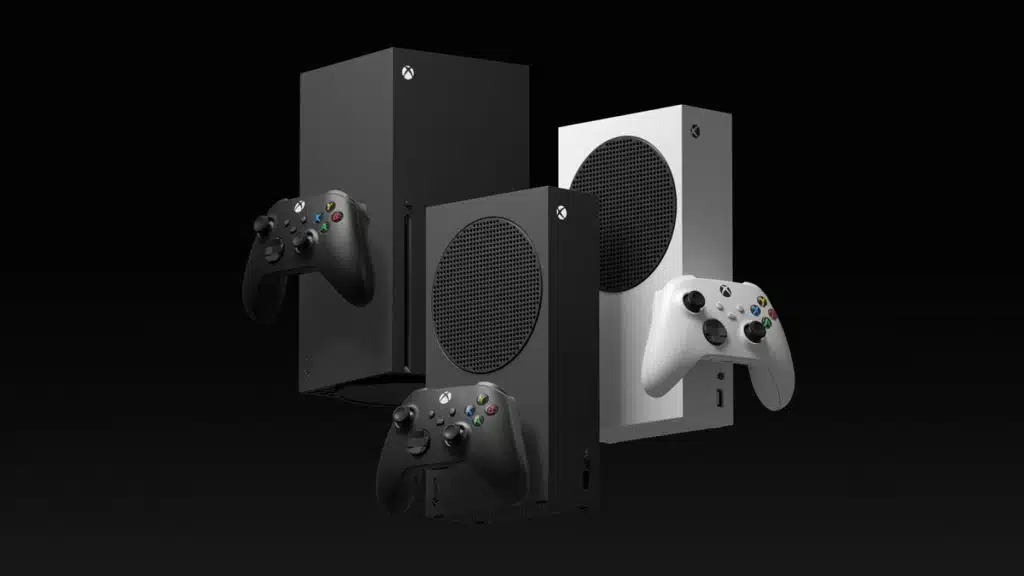
It’s no secret that Microsoft plans to turn Xbox into a whole series of devices, and AMD’s next APU could be the perfect fit to make that happen. While Sony’s and Microsoft’s gaming consoles, both of which are known to use custom AMD APUs, continue to resemble a budget gaming PC with each generation, but at a price most could never build a budget gaming PC capable of 1440p/4K (albiet using resolution and other tricks along with supersampling magic sauce) for, the next iteration of Xbox devices could see a notable change in their hardware. Details regarding AMD’s “Magnus” APU have begun leaking, and according to Digital Foundry, its design could present some interesting prospects for both the gaming and PC industries.
AMD’s prowess in making mobile processor packages featuring a CPU and GPU on a single tile is well established. From multiple generations of Xbox and PlayStation, to a myriad of gaming handhelds since the launch of the Steam Deck, the chip manufacturer has gained a significant market share with its solutions. Competitors Intel and NVIDIA both have their offerings as well, but despite Team Green’s partnership with Nintendo for its Switch hybrid consoles and Intel’s foray into the gaming handheld market, neither has managed to see as much cross-market implementation as AMD has. Now it sounds like “Magnus” is going to take that to a whole other level by offering manufacturers a tile platform that allows further customization as needed.
The idea behind Magnus is that instead of having to create entirely new motherboard designs for each device, the tile itself could have parts swapped out as needed, per either higher-performance upgrades for consoles or lower-power components for, say, mobile applications. Magnus is said to use a 384-bit fabric for which components to communicate by, plus feature Zen 6 and UDNA technology. Manufacturers will, of course, still need to create motherboards per application, but there could potentially be far less specialization needed, and so fewer different models would have to be produced.
Thus, through investing in a single platform, Microsoft could customize Magnus according to the device it will be used in. Theoretically, the mass production of such a platform might also reduce costs for all. As Microsoft continues to expand its presence in the gaming handheld market with Xbox-based systems and compete with Sony’s PlayStation 6, it might also be positioning itself to compete in the pre-built PC sector if Magnus can prove itself a viable and powerful enough platform. Things could get interesting for AMD as well, given the popularity of its CPUs among PC gamers, if Microsoft manages to shorten the gap further between PCs and consoles with a cost-competitive product.
